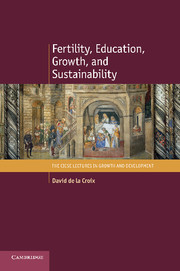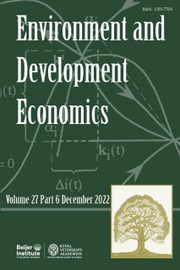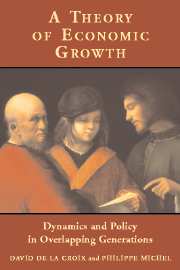Fertility, Education, Growth, and Sustainability
Fertility choices depend not only on the surrounding culture but also on economic incentives, which have important consequences for inequality, education and sustainability. This book outlines parallels between demographic development and economic outcomes, explaining how fertility, growth and inequality are related. It provides a set of general equilibrium models where households choose their number of children, analysed in four domains. First, inequality is particularly damaging for growth as human capital is kept low by the mass of grown-up children stemming from poor families. Second, the cost of education can be an important determining factor on fertility. Third, fertility is sometimes viewed as a strategic variable in the power struggle between different cultural, ethnic and religious groups. Finally, fertility might be affected by policies targeted at other objectives. Incorporating new findings with the discussion of education policy and sustainability, this book is a significant addition to the literature on growth.
- Presents models showing that fertility is responsive to incentives
- Relates recent findings on economic growth to education policy and sustainability
- Uses quantitative theory in a clear, transparent and reproducible way
Reviews & endorsements
"… presents parallels between demographic development and economic outcomes, explaining how fertility, growth, and inequality are related."
Journal of Economic Literature
Product details
September 2014Paperback
9781107443051
266 pages
230 × 153 × 14 mm
0.4kg
45 b/w illus.
Available
Table of Contents
- Introduction
- Part I. Differential Fertility:
- 1. Benchmark model
- 2. Implications for the growth-inequality relationship
- 3. Understanding the forerunners in fertility decline
- Part II. Education Policy:
- 4. Education policy: private versus public schools
- 5. Education politics and democracy
- 6. Empirical evidence
- Part III. Sustainability:
- 7. Environmental collapse and population dynamics
- 8. Production, reproduction, and pollution caps
- 9. Population policy
- 10. Conclusion: endogenous fertility matters.





